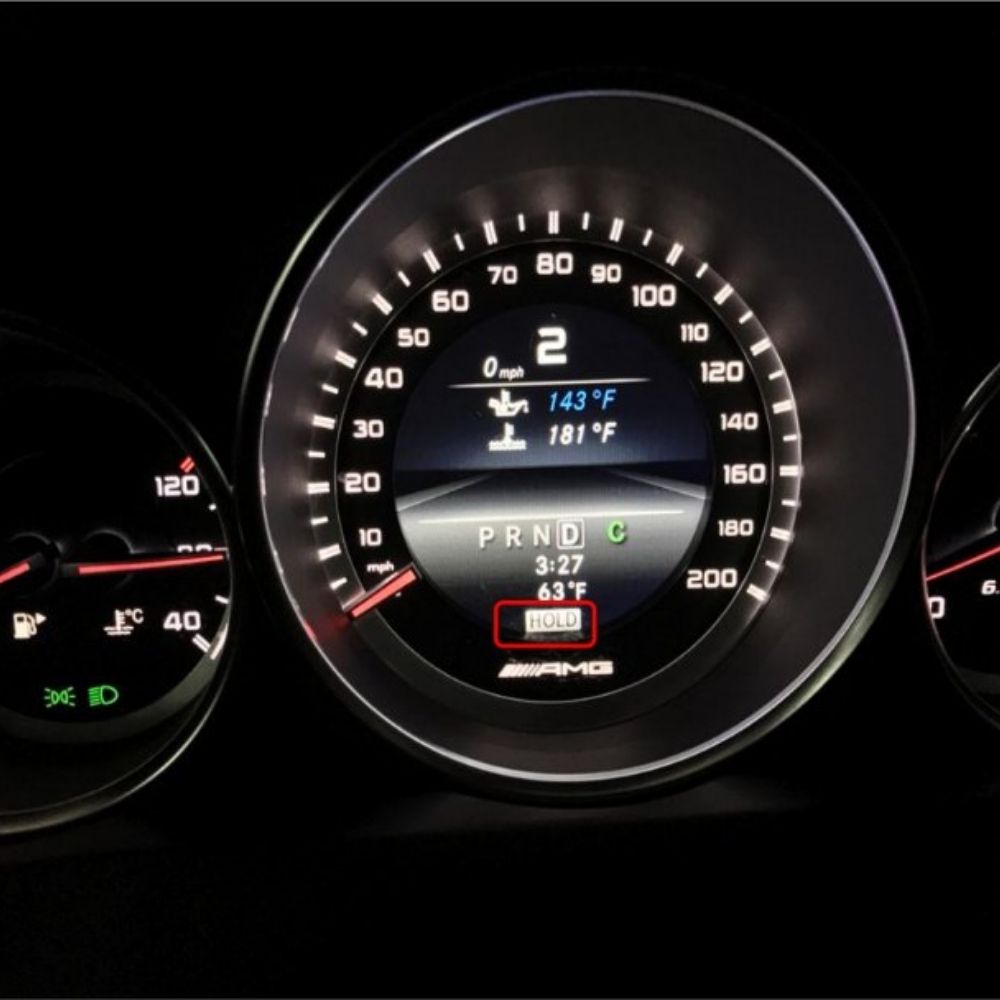
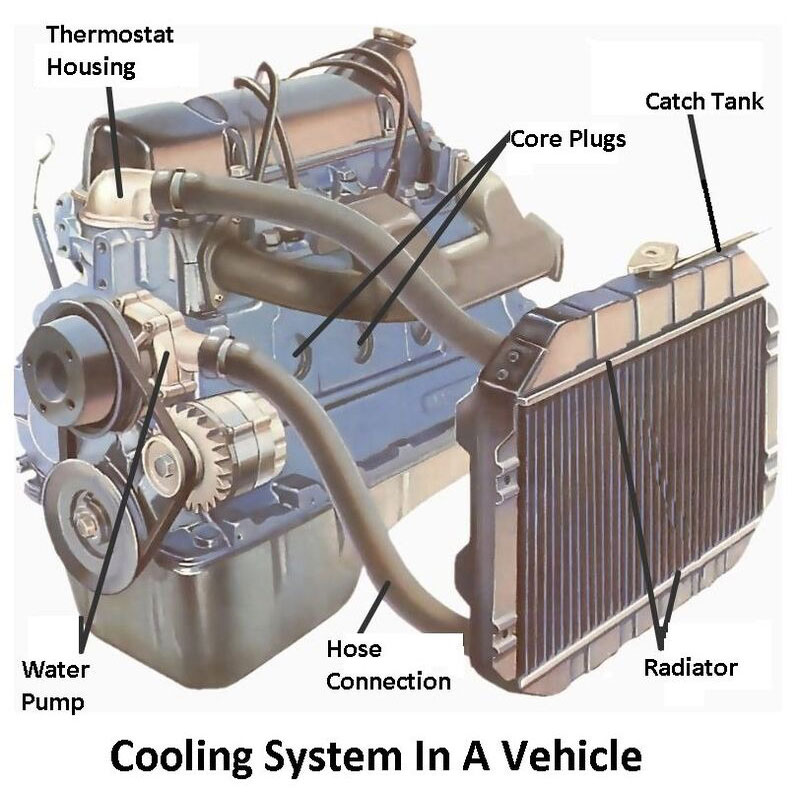
The car engine cooling system is one of the most critical mechanical systems in any vehicle, responsible for regulating engine temperature and preventing potentially catastrophic overheating. Without this sophisticated heat management system, modern automobiles would be unable to operate reliably or efficiently. This article explores how car cooling systems work, their key components, and why they are essential for proper engine function.
Table of Contents
ToggleA vehicle’s engine cooling system serves a dual purpose: it prevents overheating while also maintaining the engine at its optimal operating temperature. Both functions are crucial because an engine that runs too cold suffers from increased wear, higher emissions, and reduced efficiency, while overheating can lead to severe engine damage, such as blown head gaskets, cracked blocks, or even complete engine failure.
To prevent such issues, the cooling system must allow the engine to warm up quickly and then maintain a stable operating temperature, regardless of driving conditions or environmental factors. This precise thermal regulation ensures consistent performance while meeting stringent emissions and efficiency standards.
Modern automotive cooling systems consist of several specialized components that work together to regulate temperature efficiently. Below are the essential elements:
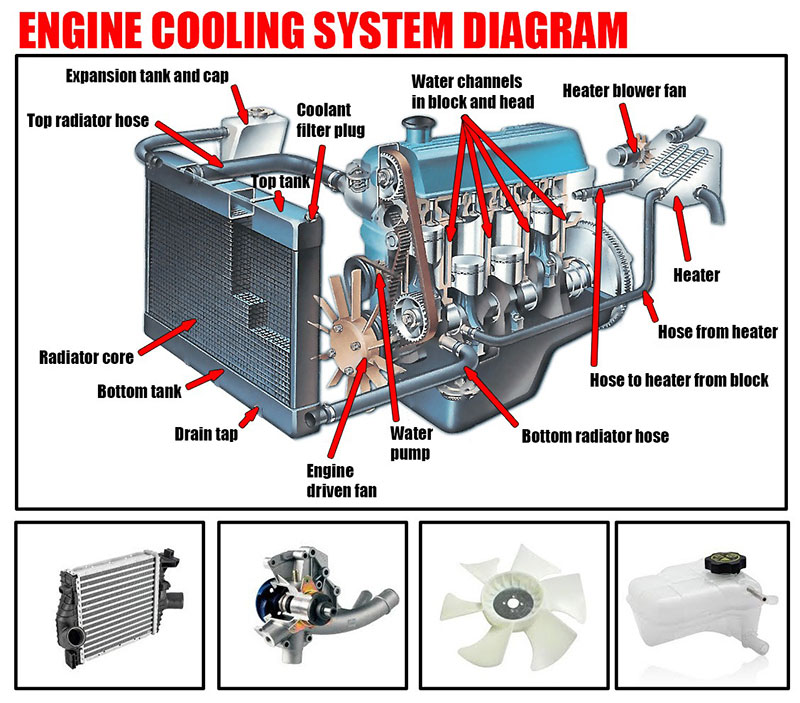
The radiator is the primary heat exchanger in the cooling system, designed to dissipate excess heat from the engine coolant. Constructed from aluminum, copper, or brass, it consists of numerous small tubes with heat-dissipating fins. As coolant flows through the radiator, heat is transferred to the surrounding air, reducing the coolant’s temperature before it re-enters the engine.
The water pump is responsible for circulating coolant through the system. Using centrifugal force, it moves coolant from the radiator through the engine block, cylinder heads, and other cooling components. Some vehicles use electrically-driven water pumps for improved efficiency and control, while traditional models rely on belt-driven pumps. A malfunctioning water pump can lead to engine overheating, making regular inspection crucial.
The thermostat acts as a temperature-sensitive valve that regulates coolant flow. When the engine is cold, the thermostat remains closed, allowing the engine to warm up faster. Once the engine reaches the optimal temperature (typically 180-195°F), the thermostat opens to allow coolant circulation to the radiator. A faulty thermostat can lead to overheating or inefficient engine performance.
Cooling fans help maintain airflow through the radiator, especially when the vehicle is stationary or moving at low speeds. Many modern vehicles use electric cooling fans controlled by temperature sensors, while some employ engine-driven fans with clutches that engage as needed.
Hoses transport coolant between different components, such as the radiator, engine, and expansion tank. These rubber hoses must endure extreme temperatures and pressure variations. Regular inspection and replacement are necessary to prevent leaks and failures.
This tank accommodates the expansion and contraction of coolant as temperatures fluctuate. It prevents pressure buildup and minimizes coolant loss, ensuring the system remains sealed and efficient.
The heater core functions like a small radiator inside the dashboard, transferring engine heat to warm the vehicle’s cabin. This component demonstrates how the cooling system also contributes to passenger comfort.
The cooling system operates in a continuous cycle:
Throughout this process, the system remains under pressure, raising the boiling point of the coolant and preventing overheating.
Engine coolant (commonly known as antifreeze) plays a crucial role in the cooling system. It prevents freezing in cold temperatures and boiling in hot conditions while also protecting engine components from rust, corrosion, and electrolysis. Modern coolant formulations include lubricants that reduce wear on the water pump and other moving parts.
The typical coolant mixture consists of water and either ethylene glycol or propylene glycol, offering optimal performance across extreme temperature ranges. Using plain water is not recommended as it lacks corrosion inhibitors and has a lower boiling point.
To keep your car’s cooling system in top condition and prevent overheating, follow these essential steps:
The car engine cooling system is an engineering marvel that ensures vehicles operate efficiently while preventing catastrophic damage. By regulating engine temperature, it enhances performance, reduces emissions, and improves passenger comfort. Understanding its components and functionality can help car owners maintain their vehicles properly and avoid costly repairs.
If you need professional support with car diagnostics, coding, or programming, AutoExplain is here to help! We provide expert automotive solutions to keep your vehicle running smoothly. Contact us today via WhatsApp at +1(936)2896695 for top-tier technical support.
Stay informed, stay safe, and keep your car’s cooling system in top condition! 🚗


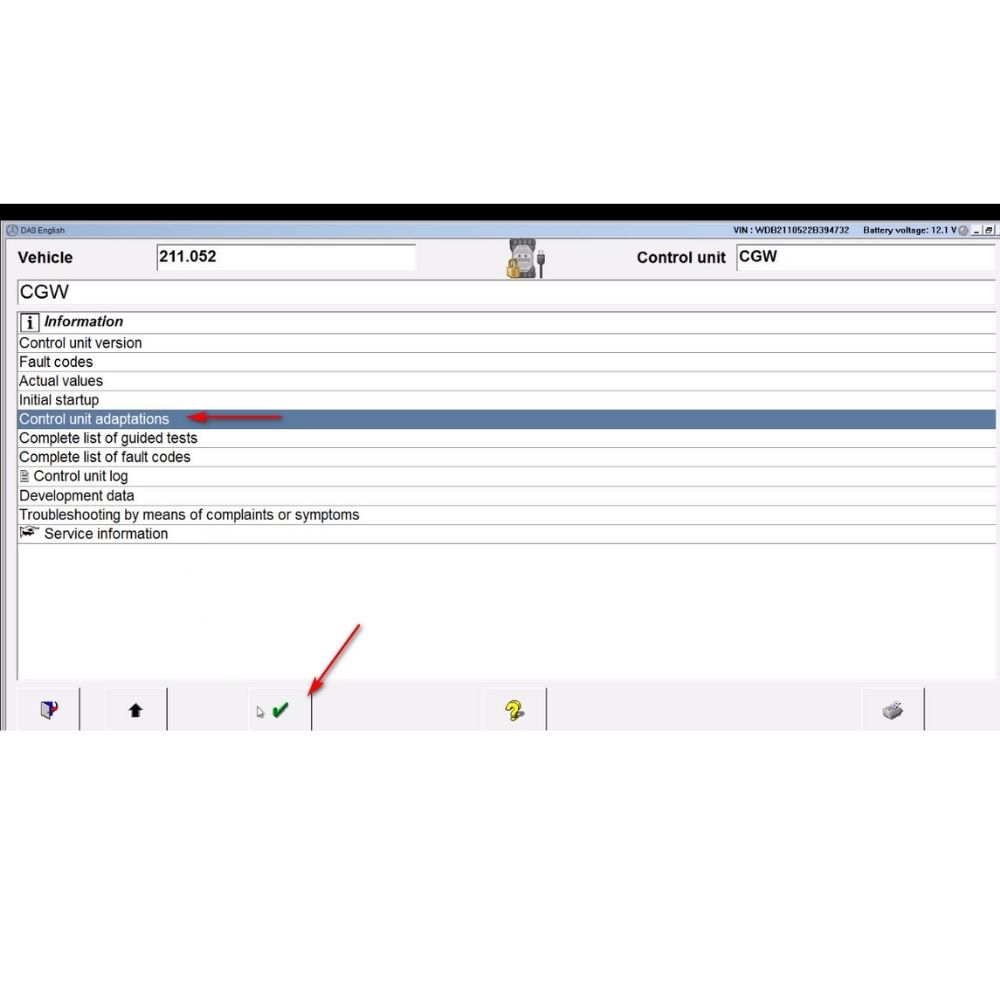


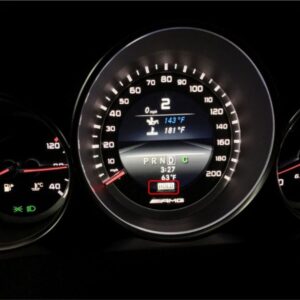

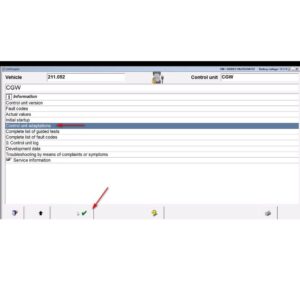
At AutoExplain, we provide automotive online repair service, auto repair tips, car repair manuals & document & training course to help mechanics of all experience levels—fix vehicles efficiently
AUTO EXPLAIN LLC
Employer Identification Number (EIN):
38-4349958
Whatsapp Us: +1(936)2896695
Gmail: [email protected]
Our Workshop: 1500 N Grant ST Sten Denver, Colorado, United States
Copyright 2025 © AutoExplain